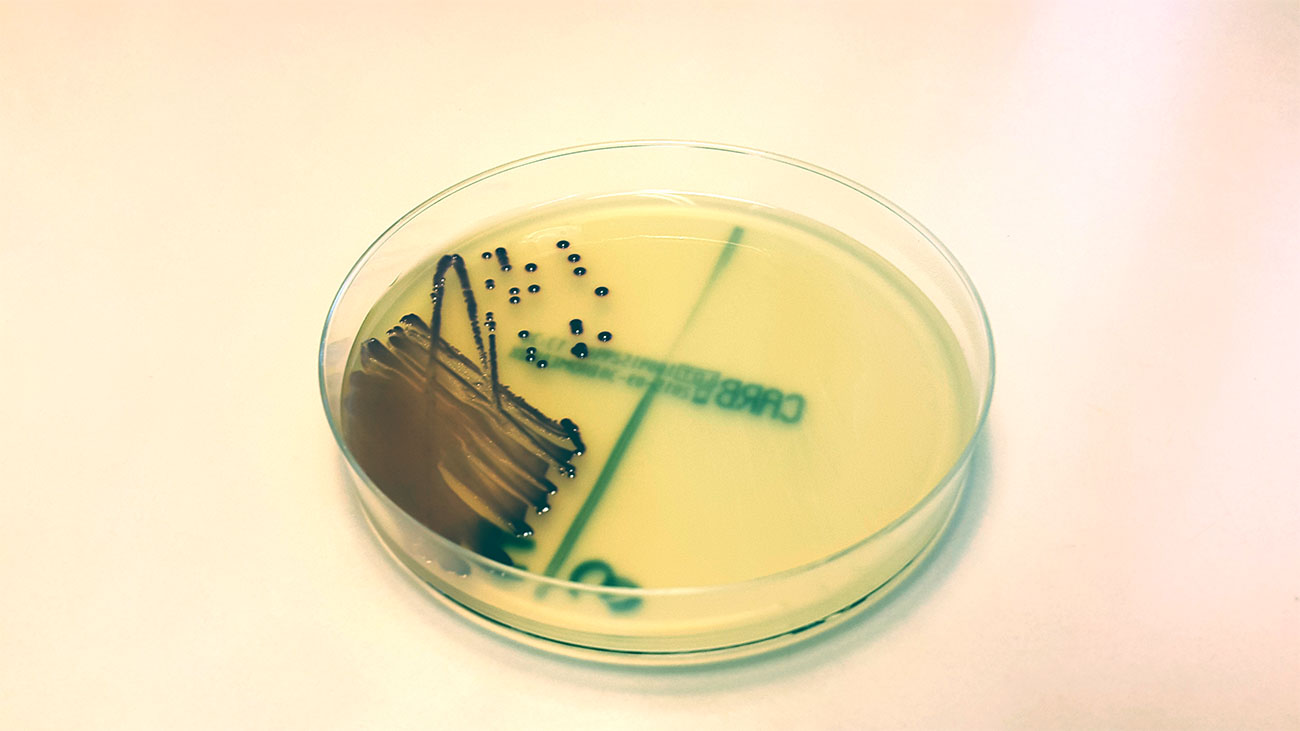Antibiotika

Resistens mot antibiotika blir allt mer utbredd bland bakterier som orsakar sjukdomar hos djur och människor. SVA och Strama VL arbetar med övervakning av resistensläget hos bakterier från svenska djur, och med rådgivning och strategier för minskad resistens. Det bidrar till en hållbar livsmedelsproduktion och målen i Agenda 2030.
Diagnostik
- Analyser
- Skicka in prov för analys
- Remisser
- Provtagningsinstruktioner
Mer om antibiotikaresistens
Läs mer
Senast granskad 2024-07-31

